Dimensions: 33 x 23 cm.
Miroslav Kraljević. 1912. Shower.
7000 €
Description
Kraljevic, Miroslav, Croatian painter and printmaker (Gospić, 14. XII. 1885 – Zagreb, 16. IV. 1913). Originally from a noble Slavonian family. After his education in his homeland, he began studying law in Vienna, but interrupted it in 1904 and devoted himself to painting. He studied at the Munich Academy in 1907–10 (Hugo Habermann) together with J. Račić, O. Herman and V. Becić. Professors and students called that small group the Croatian school (in Croatian professional literature, the Munich circle) due to similar attitudes towards academicism, orientation towards impressionism and certain similarities in their work. After finishing his studies in Munich in 1910, he went to Požega, where he painted intensively until September 1911, when he went to Paris. He enrolled at the Académie de la Grande Chaumière, but soon left it. During a relatively short stay in Paris (1911–12), he accepted, as an active participant, the achievements of the main directions of the contemporary artistic avant-garde, and reached full creative maturity.
At first he worked in the spirit of impressionism (Aunt Lujka in the hallway, 1907–08), then the realistic approach and tonal construction of the volume is noticeable (Self-portrait with friend Olszewski i Still life, 1909). In the further creation, a very free, broad and pasty brush stroke moves it away from tonal gradation, and closer to tonal contrasting (On pasture, 1909; Bull, 1910; Horses in the barn, 1910). During his short career as an artist, Kraljević moved within these two poles of pictorial representation, regardless of whether he was closer to realistic or expressionist forms. Searching for his own artistic expression, he succumbed to various formal influences, and with the power of exceptional giftedness he gave them a personal stamp. Self-portrait with a dog (1910) partly contains Manet's teachings and the influences of impressionism in general, but also relies on immediate domestic predecessors (Bukovec's portraits), but above all it shows his sensibility and refined treatment of motifs. The works created in the next two years have similar features; in some of them impressionistic plein air is noticeable (Parc du Luxembourg, 1911 and 1912; The man in the garden 1912), and in some, Art Nouveau curves and arabesques predominate (male act, 1911; Eva, 1911) which lead him down the path of expressionism, to flatness, exaggerated and distorted forms and faces of masks (female nude, 1911; self portrait, 1912; In the inn – Vive la joie, 1912; Women in nature 1912; Golgotha,1912). In these works, a distinct sense of the grotesque is visible, which came to the fore in a series of drawings, etchings and small plastic (terracotta) from 1912. At the same time as the expressionist desires, there were already noticeable attempts to develop the construction of the picture, which brought him closer Cézannism (Fruit, 1912; Portrait of Uncle Lace, 1912).
Kraljević's oeuvre was shown in its entirety for the first time in 1913 at Salon Ulrich shortly after his untimely death; he gained many followers, so for some Kraljević was the origin of constructivism and cubism, and for others the starting point for expressionist research.
Product information
| Length | 69 × 52 cm |
|---|
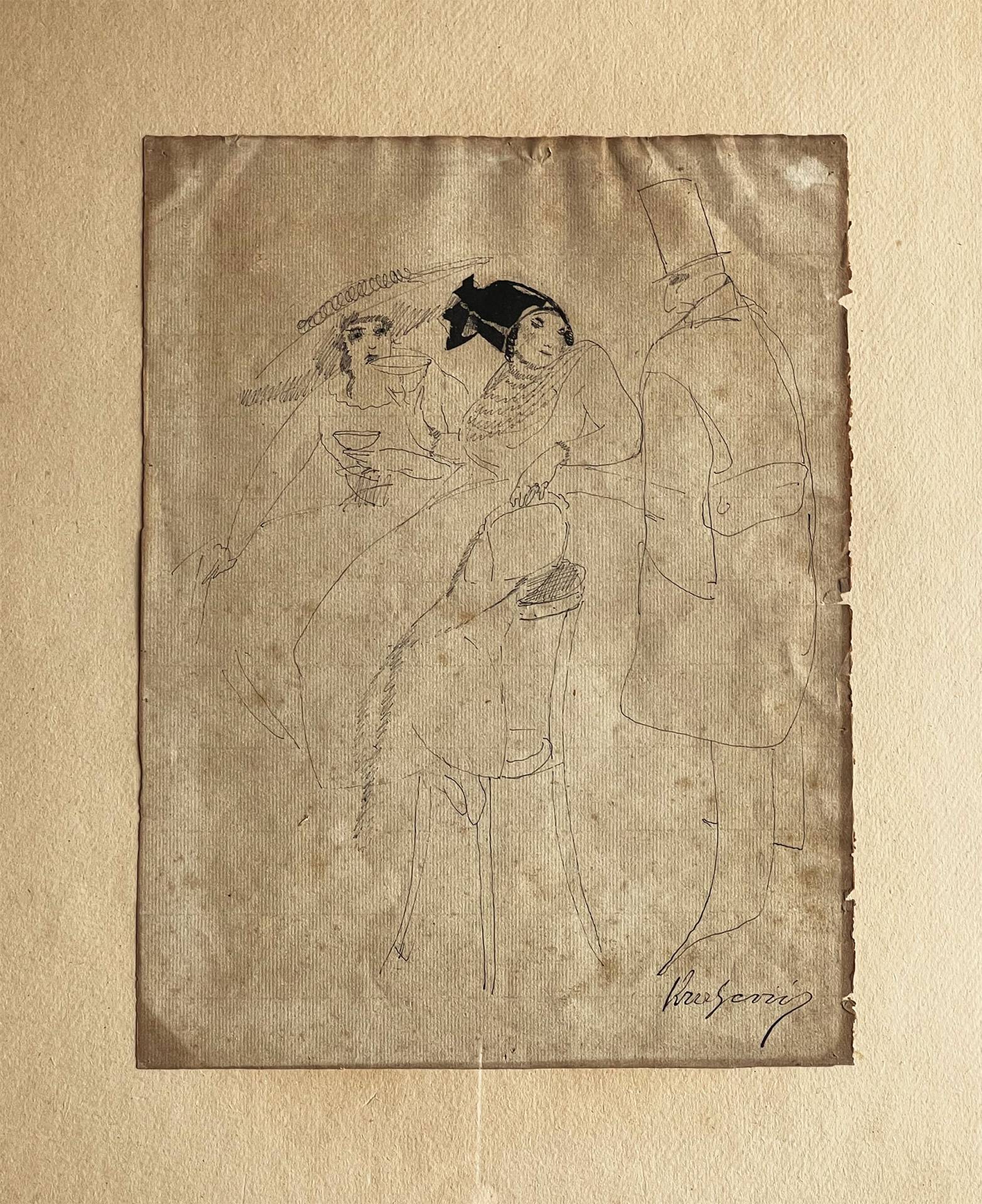
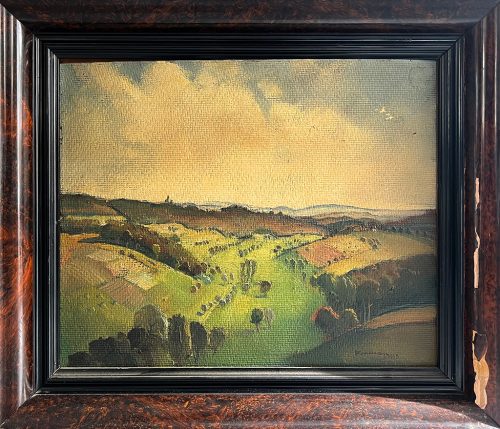
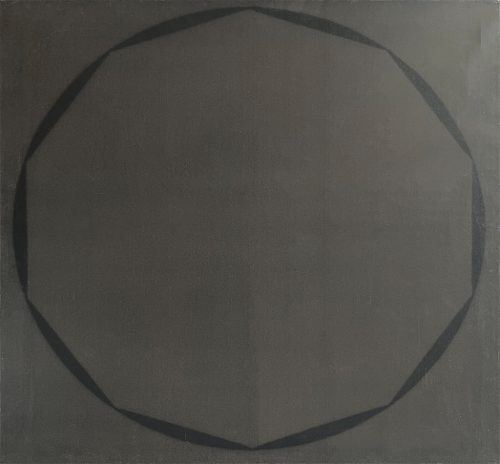
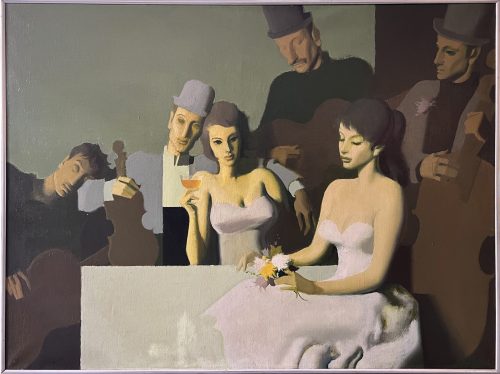
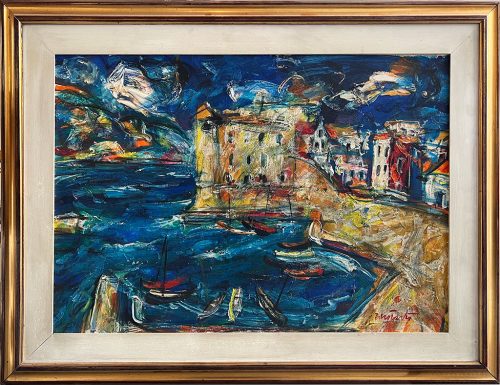

Reviews
There are no reviews yet.